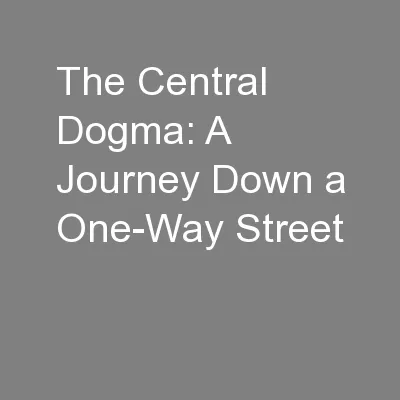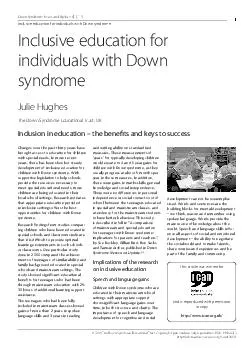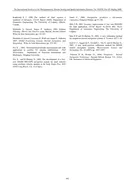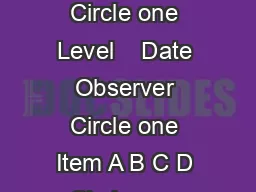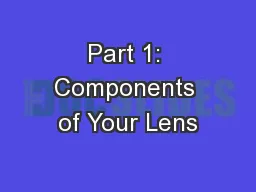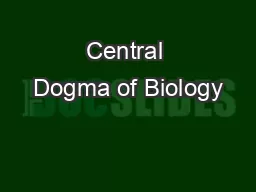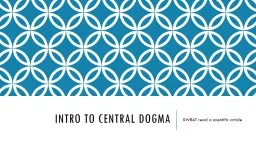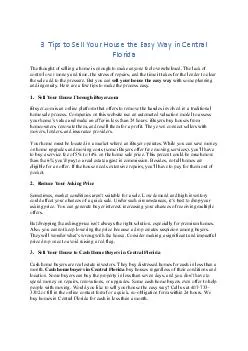PPT-The Central Dogma: A Journey Down a One-Way Street
Author : karlyn-bohler | Published Date : 2016-03-26
Cellular and Developmental Biology Group Kathleen Fitzpatrick Apollo Kacsinta Sylvia LopezVetrone Karen Redwine Erica Stone Nienke van Houten and Cindy Xin Facilitator
Presentation Embed Code
Download Presentation
Download Presentation The PPT/PDF document "The Central Dogma: A Journey Down a One-..." is the property of its rightful owner. Permission is granted to download and print the materials on this website for personal, non-commercial use only, and to display it on your personal computer provided you do not modify the materials and that you retain all copyright notices contained in the materials. By downloading content from our website, you accept the terms of this agreement.
The Central Dogma: A Journey Down a One-Way Street: Transcript
Download Rules Of Document
"The Central Dogma: A Journey Down a One-Way Street"The content belongs to its owner. You may download and print it for personal use, without modification, and keep all copyright notices. By downloading, you agree to these terms.
Related Documents

